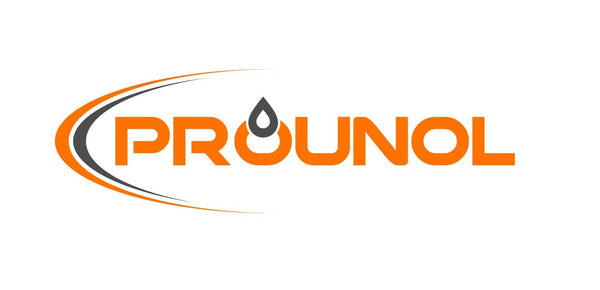Silicone grease is widely used in many industries, from automotive to electronics, due to its exceptional lubricating properties and resistance to extreme conditions. To ensure its effectiveness and safety, it is worth knowing the rules for its correct use, which will minimise the risk of damage to equipment and affect the longevity of the elements used.
Silicone grease is one of the most versatile and practical lubricants. Its popularity is due to its unique properties, such as resistance to water, high and low temperatures and the ability to protect against corrosion. However, in order to realise the full potential of silicone grease and ensure its safe and effective use, it is worth following a few key rules. Below is a practical guide to the safe use of silicone grease in various situations.
What is silicone grease?
Silicone grease is a lubricant based on silicone - a synthetic polymer with exceptional durability and chemical stability. Silicone grease is used to reduce friction between surfaces, protect against moisture and protect against wear and corrosion.
Advantages of silicone grease
- Extreme temperature resistance. Silicone grease retains its properties over a wide temperature range, from -40°C to 200°C, making it ideal for applications in harsh conditions.
- Water resistance. Its hydrophobic properties make it effective in protecting surfaces from moisture and corrosion.
- Compatibility with wide range of materials. Can be used on metal, rubber, plastic and ceramic surfaces.
- Non-toxic. Silicone grease is often safe for health and the environment, making it suitable for use in the food or medical industries (when the appropriate certified grades are chosen for such applications).

Rules for the safe use of silicone grease
1. Choosing the right product
There are many different types of silicone grease available to suit different needs. Before you buy, make sure you choose a product that is suitable for your specific application. For example:
- Silicone grease for rubber seals must not cause them to deteriorate.
- In industrial applications, such as machinery or gears, greases that are more resistant to high temperatures and pressures should be selected.
2. Surface preparation
For the lubricant to be effective, the surface must be clean and dry. Remove dust, dirt and old lubricant residues with a suitable cleaning agent before applying the lubricant. Applying lubricant to a contaminated surface may reduce its effectiveness.
3. Use the correct amount
Remember that too much lubricant can be just as undesirable as too little. Applying too much lubricant can trap dirt and reduce the lubricant's effectiveness. Use only as much lubricant as is necessary to produce a thin, even protective film.
4. Personal safety
Always follow health and safety regulations when using silicone grease:
- Use protective gloves to avoid skin contact with grease, especially when handling products intended for technical applications.
- Work in a well-ventilated area, especially if the lubricant is in an aerosol can and contains volatile solvents.
- Avoid contact of grease with eyes and respiratory tract.
5. Storage
Silicone grease should be stored in a cool, dry place, away from sources of fire and direct sunlight. Ensure that the packaging is tightly closed to prevent drying out or contamination.
6. Waste disposal
Used packaging and grease residues should be disposed of in accordance with local regulations for chemical waste. Never dispose of via drains or normal refuse.
The most common mistakes made when using silicone grease
- Using the wrong type of grease. Incorrect choice of grease can lead to damage to surfaces or components, e.g. rubber seals can deform under the influence of aggressive chemical additives.
- Apply to contaminated surfaces. Contamination can reduce the effectiveness of the lubricant and cause components to wear more quickly.
- Lack of regular maintenance. "The application of silicone grease is a process that must be repeated at regular intervals to maintain proper surface protection.
Conclusion
Universal silicone grease can significantly improve the performance and durability of various components and equipment. However, in order to achieve its full potential, it is necessary to observe safety rules and follow the manufacturer's recommendations. Remember to choose the right product, prepare the surface and apply it in the right conditions. This will make silicone grease a reliable tool in your home, workshop or business.

